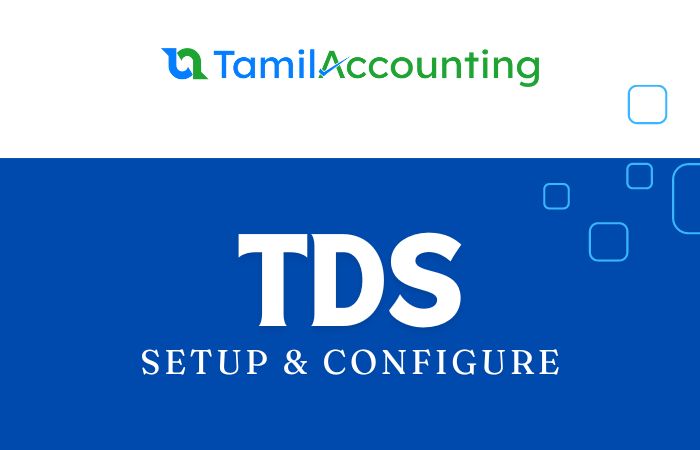Tax Deducted at Source (TDS) is a method used by governments to collect taxes at the point of income generation. Under this system, a specified percentage of the payment is deducted by the payer (such as an employer, contractor, or financial institution) before the payment is made to the payee (such as an employee, freelancer, or service provider). The deducted amount is then deposited with the government on behalf of the payee.
TDS is applicable to various types of income, including salaries, interest, rent, professional fees, and commission. The rate of TDS varies depending on the nature of the payment and the applicable tax laws. The purpose of TDS is to ensure a steady inflow of revenue for the government and to reduce the risk of tax evasion. In our system, we offer options for TDS and RCM. Below, we discuss these options and how they are applied to supplier invoices or direct invoices.
From the Setup menu, go to Company Setup. Here, you will find the TDS and RCM(Reverse Charge Mechanism) options, which you can enable as needed.
Once enabled, an additional link for "TDS Settings" will appear under Taxes -> Settings. To add a new TDS, click the "Add New" button. A popup window titled "Add TDS Maintenance" will appear. Fill in the following fields:
- Code: Enter a unique code to identify the TDS entry.
- Section: Specify the relevant section under which the TDS applies.
- TDS Name: Provide a name for the TDS entry for easy identification.
- Regular Rate: Enter the applicable TDS rate as a percentage.
Once all fields are filled out, click the "Add" button to save the TDS entry. If you wish to cancel the process, click the "Cancel" button to close the popup without saving. Once created, the TDS will be listed on the TDS settings page, where you also have the option to edit or delete it.
After that, go to Suppliers -> New -> Supplier. Here, you will find the TDS Class dropdown and the RCM checkbox options.so with this we are applying these options aganist each supplier, if needed.
When you navigate to
Purchases -> New -> Direct Invoice or
Supplier Invoice, you'll see the TDS class in the summary area at the bottom. This TDS dropdown appears when you select a supplier that has been assigned a TDS class. After you create invoice, you can get this data in view of it,
| Sub Total |
2,000.000 |
| TDS 5% |
100.000 |
| SGST (9%) |
180.000 |
| CGST (9%) |
180.000 |
| Overall RCM |
-360.000 |
| TOTAL INVOICE (INR) |
₹ 2,360.000 |
| TOTAL PAYABLE (INR) |
1,900.000 |
Both TDS and RCM are crucial tax mechanisms with specific compliance requirements. While TDS is primarily concerned with income tax collection, RCM focuses on GST compliance, ensuring tax is collected and remitted by the person receiving goods or services under certain conditions. Proper understanding and implementation of these mechanisms are essential for maintaining financial and tax compliance in business operations.






